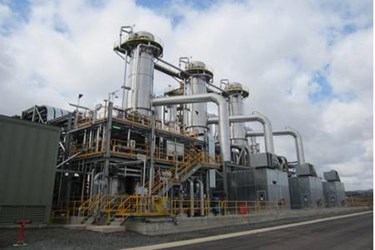Brine Concentrator Water Treatment Approved At Australian Mine

The process of water treatment in some Australian mine sites is being improved by the use of a brine concentrator. Those accepting new water jobs at the Ranger mine site in Australia’s Northern Territory treat more of the water used in the process of mining.
This special system produces about 1,830 megalitres of cleaned water per year and is an integral part of water rehabilitation at this mine. Water inventory modeling had shown that the mine needed a larger capacity for treating more water. 700,000 man-hours were logged during fabrication and construction, and those in Australian water treatment jobs earn about $75,000 to $110,000 per annum. Further employees are needed to operate and maintain the concentrator.
This brine concentrator is just one critical component in the future of ERA, the company running the mine. Successfully treating process water allows them to rehabilitate their site and ensure that their water balances are under control.
The company Veolia was responsible for the design of the concentrator, and they received a contract for operations and maintenance for the system by ERA. The early involvement of Veolia provided a smooth transition from checking out the system to a full-scale level of operation, while the ERA staff worked in other mine areas.
Ranger has been a source of uranium for 30 years. The mine produces more than 110,000 tons of uranium oxide. The brine concentrator was designed specifically for this project area, but similar systems are used in wastewater treatment plants for municipal and industrial areas.
Workers in the wastewater treatment field may work in large urban areas or in rural mining areas like the Ranger uranium site. The opportunities extend to anywhere there are large projects or population groups that use water. Creating drinking water, or at least water that is free of toxins, is a primary goal in wastewater treatment.
Source: Veolia Water Solutions & Technologies
